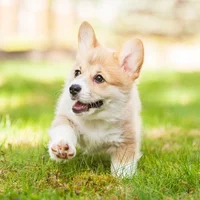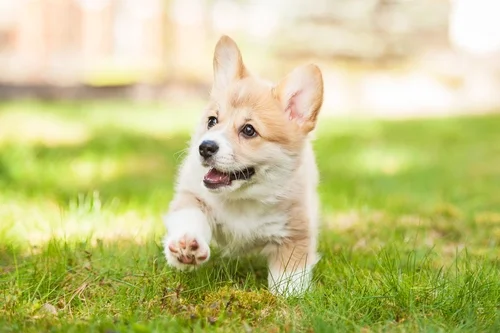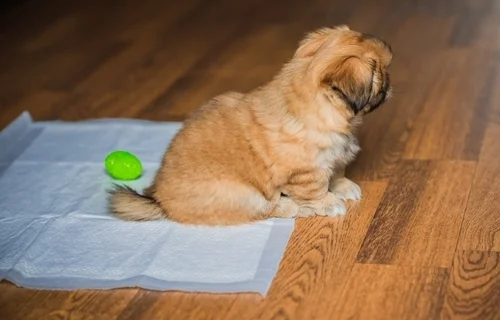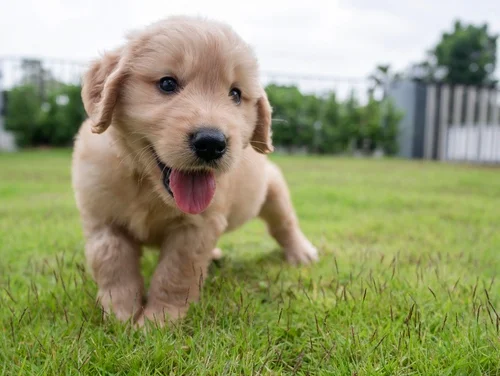Puppy Potty Training Crash Course 101


Puppy Potty Training Crash Course 101
Welcome to the exciting adventure of bringing a new puppy into your home! Between the endless cuddles and energetic play, you're bound to encounter the occasional accident—it's all part of the adventure though. These little surprises remind us that every day is a learning experience, both for you and your new canine companion. As you dive into the world of potty training with your adorable new sidekick, remember to stay patient and to keep cleaning supplies handy. Summit Zoo is here to help you navigate the process, ensuring that welcoming your puppy into their new home is as smooth as possible.

Mastering Puppy Potty Training
Puppies have small bladders and limited control over them. Generally, a rule of thumb is that they can hold their bladder for about one hour for every month of age. For example, a two-month-old puppy might need a bathroom break every two hours. Consistent routines and regular bathroom breaks are key for successful potty training.
Choose Your Method: Potty Training Tips
When it comes to potty training your puppy, there are various methods to consider, each offering its own advantages.
Crate Training: Crate training is a valuable method for teaching bladder control to puppies. Dogs instinctively avoid soiling their sleeping area, making the crate an effective tool for potty training. When crate training, it's crucial to provide your puppy with a crate that offers enough space for them to stand, turn around, and lie down comfortably. This ensures their physical comfort and helps create a positive association with the crate as a safe and cozy space.
Pee Pads (also known as training pads): Pee pads offer convenience, especially for indoor potty training or situations where immediate outdoor access isn't feasible. However, it's essential to remember they are not intended as a long-term solution. While they can be helpful during the initial stages of potty training, it's essential to gradually transition your puppy to doing their business outside. Continuously using training pads may prolong the potty training process and hinder your puppy's ability to learn to go outside.
Establishing a Potty Training Routine
First thing in the morning, take your puppy outside as soon as they wake up to start the day. Puppies should also be taken outside immediately after they wake up from any naps throughout the day to help reinforce potty training and prevent accidents.
After every meal, take them outside and encourage them to go to the bathroom to prevent accidents indoors.
Playtime can stimulate your puppy's bladder, so it’s important to take them outside afterward to give them an opportunity to relieve themselves.
Before going to bed for the night, be sure to give your puppy another opportunity to go outside. This ensures that everyone gets a good night's sleep.

Accidents are inevitable during potty training, and it's important not to punish your puppy. Punishment can create fear, anxiety, and confusion. Instead, gently interrupt them if caught in the act and promptly guide them to their designated relief area. Potty training takes time, often spanning over several months, and requires patience and consistency. Stick to your chosen route and schedule, adjusting as necessary based on your puppy's progress.
Potty training is just one part of the wonderful journey of growing with your new canine companion. Soon, these potty training days will be a fond memory as you and your puppy settle into a happy, healthy routine together.
Summit Zoo is dedicated to supporting you and your new puppy. From selecting the right breed to helping answer your puppy-related questions, our puppies and their new families are our number one commitment.
